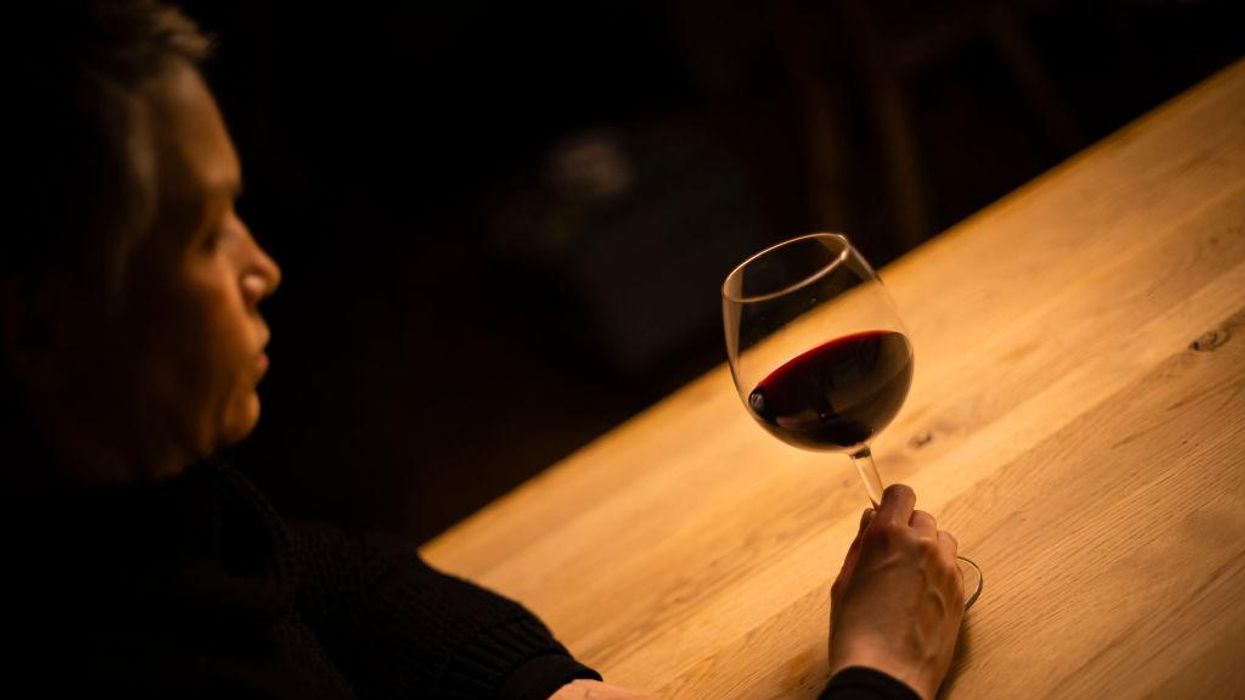
Photo by Thomas Trutschel/Photothek via Getty Images

An alarming demographic trend is underway that may present the United States with both significant challenges and opportunities. Whereas in 1960 just 13% of American households had a single occupant, that figure is now closing in on 30%. Alternatively put: 26 million Americans 50 or older may now face aging and death alone.
The New York Times reported that one of the fastest-growing demographic groups consists of people 50 and older who live alone. There are nearly 26 million persons in this demographic, doubling that seen in 2000.
It has historically been the case that older people have been more likely to live alone, in part due to wives tending to outlive their husbands. However, since the Baby Boomers and Gen Xers have both grayed into that age group, the Times indicated the demographic now makes up a bigger share of the population than at any other time in American history.
Part of this demographic trend was reportedly driven by "deep changes in attitudes surrounding gender and marriage."
Those of the leftist persuasion who were led to believe that the family was a bourgeois convention that impinged on individual autonomy may have voluntarily forgone taking a marriage partner and having children, were it up to them or within their capacity. Some who partook in the former made certain not to follow through with the latter. Over 63 million abortions have been executed since the days of the Boomers' youth, crowding out many checks against this present loneliness.
Data from the 2018 Survey of Income and Program Participation indicated that over 15 million adults (one in six Americans ages 55 or older) were childless.
The Times indicated that some women who were provided with opportunities (e.g., professional, financial, and social) previously unavailable to earlier generations may have seized upon them at the expense of having children. Now, over 60% of older adults living alone are female.
A great many of those now alone had contrariwise generated or adopted families, but have either outlived them or have been left behind in empty nests.
The solitude tens of millions of Americans face may also be the direct or indirect consequence of a consistently declining marriage rate, delayed life milestones (the median age for a woman and a man to get married for the first time is 28.6 and 30.4 respectively), and a low fertility rate.
Markus Schafer, a sociologist at Baylor University, told the Times, "There is this huge, kind of explosive social and demographic change happening."
Regardless of how they found themselves to be socially isolated, those without the support of a partner, kids, or nearby family face a variety of physical and mental conditions.
Researchers supported by the National Institute on Aging indicated in 2019 that social isolation and loneliness are linked to "higher risks for a variety of physical and mental conditions: high blood pressure, heart disease, obesity, a weakened immune system, anxiety, depression, cognitive decline, Alzheimer’s disease, and even death."
Dr. Stephanie Cacioppo said, "The misery and suffering caused by chronic loneliness are very real and warrant attention. ... As a social species, we are accountable to help our lonely children, parents, neighbors, and even strangers in the same way we would treat ourselves. Treating loneliness is our collective responsibility."
Beside health concerns that appear to disproportionately affect the socially isolated and lonely, Schafer indicated there are other significant problems that may crop up first, not the least of which have a financial dimension.
"Can they continue to find other supports that compensate for living alone?" asked Schafer.
According to Forbes, those who cannot find organic support and must come to rely upon institutionally assisted living services can expect to shell out $3,500 to $8,000 per month in the Midwest. Prices vary throughout the country.
Personal caregivers, room, and board associated with assisted living are not covered by Medicare, meaning the lonely and financially stretched may be left in the lurch.
Axios suggested in 2018 that robotics may soon play a more critical role in accommodating an aging, childless population.
The American Association of Retired Persons concurred, noting on the basis of a 2019 estimate that with 41 million caregivers providing 34 billion hours of unpaid care, robots could "prove extremely helpful."
For those persons socially isolated but keen to be otherwise — not just hoping to find support but to give it — the Administration for Children and Families has indicated that hundreds of thousands of children await adoption every year.
It is worth noting that this atomization and loneliness does not just affect older populations. Fox News Digital reported late last year that the percentage of adults living with a spouse decreased from 52% to 50% over the past decade. 37 million adults 18 or older lived alone as of early 2021.
Editor's note: This article has been corrected to remove reference to a rising divorce rate. The data cited by the CDC instead indicates a declining divorce rate per 1,000 of the total U.S. population.